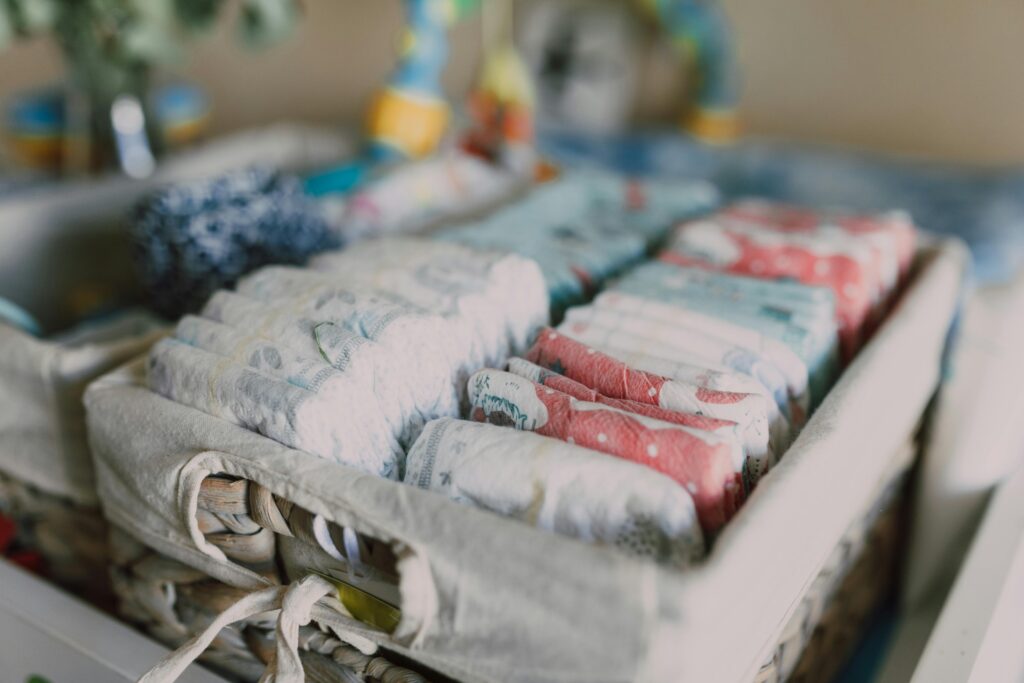Toilet training any child feels challenging for parents. Toilet training autistic children can take longer, start later and may have extra challenges. Over the years, we have helped a lot of parents do this successfully. In the second part of this autism toilet training series, we’ll share the step-by-step guide to removing nappies. If you haven’t already read our guide on building the foundations for toilet training success, you can find our best tips here.

Toilet training autistic children: Before you start
- Choose a day to start toilet training. Plan to spend at least the next three days at home fully focused on your child. Ideally, keep up to seven days free. Remember, once you take nappies off for toilet training, you will only put them back on for bedtime! Avoid planning any trips out or car journeys where you’ll be tempted to put a nappy back on.
- Before starting, make sure you have followed the strategies we recommend to build the foundations for toilet training.
- Prepare your child for the upcoming change in whichever ways they respond best (e.g., verbally, with a social story, using a visual schedule, or with their speech device).
Step-by-step guide
- When your child wakes up, remove their nappy and take them to sit on the toilet or potty. Model how to ask for the toilet either verbally, with signs, with PECS or using the talker.
- Have them sit for 3-5 minutes.
- If you manage to catch a wee or poo in the toilet, great! Help them clean up and follow the handwashing steps. Consider following a successful movement in the toilet with something positive to help your child learn this is the goal.
- If not, that’s ok. Follow the rest of the steps anyway and be careful not to put pressure on them.
- Set your timer for 30 minutes and spend time playing with your child. Keep a close eye on them for any signs they might have an accident. Keeping them in a top and pair of underwear will make this easier to spot.
- If your child starts to have an accident, help them get to the toilet and finish on the toilet. Use a calm tone of voice, gestures and facial expression to avoid creating any anxiety or worries. You can say something neutral like “Wee goes in the toilet”. Reset your timer from the point of the accident.
- If your child does not have an accident, take them to the toilet when the 30 minutes is over and repeat step 1.
Changing the toileting schedule
Once your child has a day with no accidents (or with very few), try increasing to taking them to the toilet every 40 minutes. As they master this schedule, keep increasing the schedule by 10 minutes at a time.
If you get stuck at any point or aren’t having success, try reducing the schedule by ten minutes and giving them longer to master.
Once you reach 60 minutes, resuming normal life becomes a lot easier!
Once you reach around 90 minutes, you may find you start to remind your child to use the toilet at natural transition points (e.g., before going out) rather than sticking to a schedule. Whenever it feels right, start to do this and try to give your child opportunities to initiate toilet visits themselves by prompting a little less.

